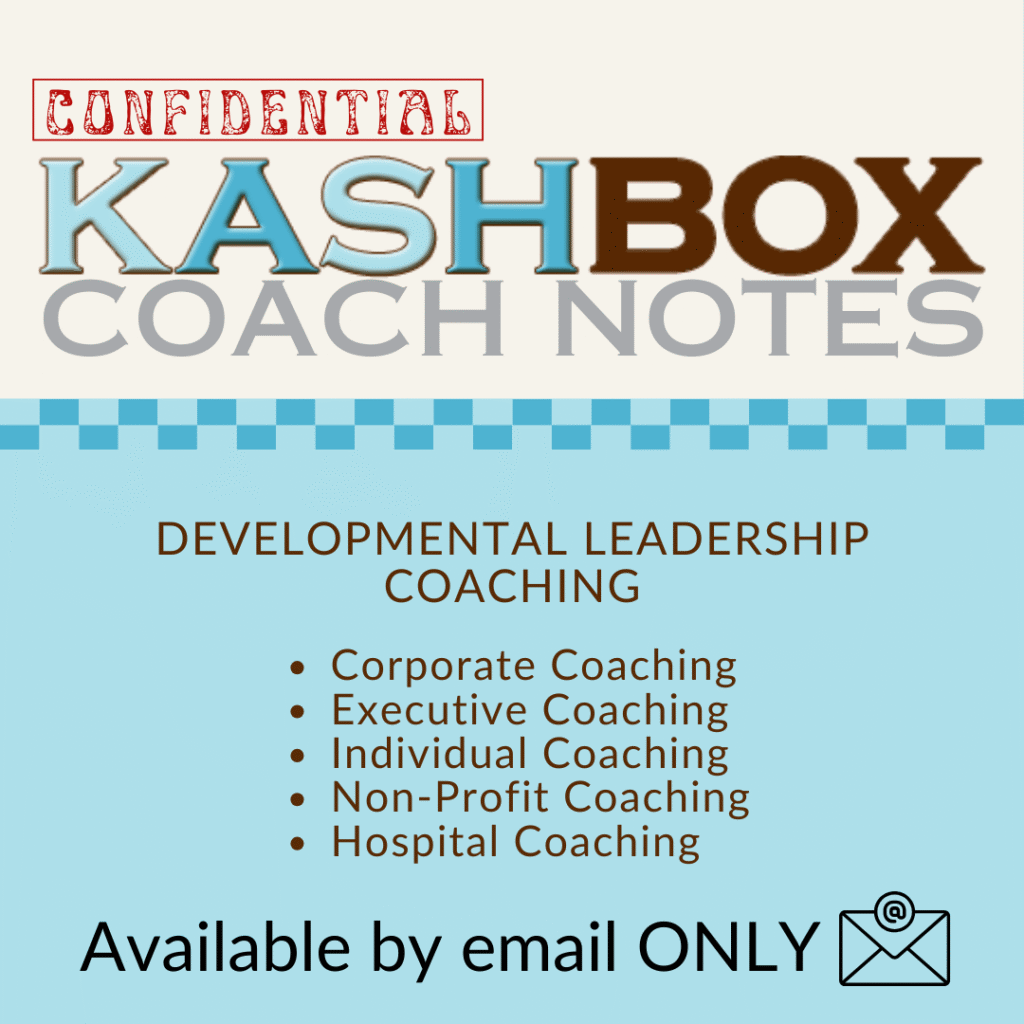Leadership coaching employs a variety of techniques to support leaders in their professional development and growth. One common technique is goal setting, where coaches work with leaders to establish clear, specific, and achievable goals aligned with their personal and professional aspirations. Coaches help leaders break down larger goals into smaller, actionable steps, providing guidance and accountability to ensure progress is made towards achieving these objectives. Goal setting enables leaders to focus their efforts, prioritize tasks, and track their progress over time, leading to increased motivation and effectiveness.
Another key technique in leadership coaching is feedback and reflection. Coaches provide leaders with constructive feedback on their performance, communication style, and leadership behaviors, helping them gain insights into areas for improvement and development. Through reflective exercises and discussions, leaders are encouraged to explore their thoughts, feelings, and reactions to different situations, leading to greater self-awareness and insight. Coaches facilitate a safe and supportive environment for leaders to explore their strengths, weaknesses, and blind spots, enabling them to make positive changes and enhance their leadership effectiveness.
Additionally, leadership coaching often incorporates skill-building exercises and role-playing activities to help leaders develop and refine their leadership competencies. Coaches may use role-playing scenarios to simulate real-life leadership challenges, allowing leaders to practice new skills, experiment with different approaches, and receive immediate feedback on their performance. Skill-building exercises may focus on areas such as communication, conflict resolution, decision-making, and emotional intelligence, providing leaders with practical tools and techniques they can apply in their day-to-day roles. By incorporating these techniques into coaching sessions, leaders can enhance their leadership capabilities, overcome obstacles, and achieve their professional goals.

Top ten leadership coaching techniques
Leadership coaching employs a diverse range of techniques to support leaders in their development journey. Here are ten effective techniques used in leadership coaching:
Goal Setting: Coaches assist leaders in setting SMART (Specific, Measurable, Achievable, Relevant, Time-bound) goals that align with their personal and professional aspirations. Goal setting helps leaders clarify their priorities, focus their efforts, and track their progress over time.
Active Listening: Coaches employ active listening techniques to fully understand leaders’ perspectives, challenges, and goals. By actively listening without judgment, coaches create a safe and supportive environment for leaders to express themselves openly and honestly.
Feedback and Reflection: Coaches provide constructive feedback to leaders on their behaviors, communication styles, and leadership effectiveness. Through reflective exercises and discussions, leaders gain insights into their strengths, weaknesses, and areas for improvement.
Strengths-Based Approach: Coaches leverage leaders’ strengths to maximize their potential and performance. By identifying and capitalizing on strengths, leaders can build confidence, overcome obstacles, and achieve their goals more effectively.
Empowerment and Accountability: Coaches empower leaders to take ownership of their development and actions. By holding leaders accountable for their commitments and progress, coaches foster a sense of responsibility and accountability, driving positive change and growth.
Questioning Techniques: Coaches use powerful questioning techniques to stimulate critical thinking, problem-solving, and self-discovery. Thought-provoking questions encourage leaders to explore new perspectives, challenge assumptions, and uncover hidden insights.
Action Planning: Coaches collaborate with leaders to develop action plans that outline specific steps and strategies for achieving their goals. Action plans break down larger goals into manageable tasks, providing a roadmap for progress and success.
Role-Playing and Skill Building: Coaches facilitate role-playing exercises and skill-building activities to help leaders develop and refine their leadership competencies. Practice scenarios allow leaders to experiment with new behaviors, communication techniques, and decision-making strategies in a safe environment.
Visualization and Imagery: Coaches use visualization and imagery techniques to help leaders visualize their desired outcomes and success. By mentally rehearsing positive scenarios and outcomes, leaders can enhance their confidence, motivation, and performance.
Celebrating Successes: Coaches celebrate leaders’ successes and milestones to reinforce progress and build momentum. Recognizing achievements boosts leaders’ confidence, morale, and motivation, inspiring continued growth and development.
By utilizing these diverse techniques, leadership coaches empower leaders to unlock their full potential, overcome challenges, and achieve their professional goals with confidence and clarity.

Ready To Elevate Your Leadership Skills?
As the President of Kashbox Coaching my mission is to empower leaders by highlighting their unique strengths and unlocking their leadership potential – to develop all quadrants of their Kashbox (Knowledge, Attitude, Skills, Habits)!
How leadership coaching techniques contribute to effective professional development
Effective leadership coaching techniques are designed to facilitate comprehensive professional development for leaders. One key aspect is the emphasis on personalized support tailored to the individual leader‘s needs, goals, and challenges. Coaches work closely with leaders to identify their strengths, weaknesses, and areas for growth, enabling them to create customized development plans that address specific areas of improvement. This personalized approach ensures that leaders receive targeted guidance and support that is relevant and applicable to their unique circumstances, maximizing the effectiveness of the coaching process.
Another critical aspect of leadership coaching techniques is the focus on fostering self-awareness and reflection. Coaches use a variety of tools and techniques to help leaders gain deeper insights into their behaviors, beliefs, and motivations. Through reflective exercises, feedback sessions, and self-assessments, leaders develop a greater understanding of their strengths, values, and leadership style. This heightened self-awareness enables leaders to recognize their blind spots, adapt their behaviors, and make more informed decisions, leading to more effective leadership and professional growth.
Furthermore, effective leadership coaching techniques prioritize action and accountability, encouraging leaders to take proactive steps towards achieving their goals. Coaches work collaboratively with leaders to develop action plans that outline specific tasks, milestones, and timelines for progress. By holding leaders accountable for their commitments and progress, coaches ensure that leaders remain focused, motivated, and on track towards their professional development objectives. This results-oriented approach helps leaders translate insights and learning into tangible outcomes, driving continuous improvement and success in their leadership roles.

What is professional development?
Professional development refers to the ongoing process of acquiring and honing the knowledge, skills, and competencies needed to excel in one’s career and achieve professional goals. It encompasses a broad range of activities and initiatives designed to enhance an individual’s effectiveness, adaptability, and performance in the workplace. Professional development activities may include formal education, training programs, workshops, conferences, mentoring relationships, coaching sessions, and self-directed learning opportunities. The ultimate aim of professional development is to empower individuals to maximize their potential, stay relevant in a rapidly changing work environment, and make meaningful contributions to their organizations and industries.
One key aspect of professional development is continuous learning and growth. In today’s dynamic and competitive business landscape, professionals must continuously update their knowledge and skills to keep pace with evolving trends, technologies, and best practices. Professional development provides individuals with opportunities to expand their expertise, explore new areas of interest, and stay abreast of industry advancements. By engaging in lifelong learning, professionals can remain adaptable, resilient, and equipped to navigate the challenges and opportunities of their respective fields.
Moreover, professional development plays a crucial role in career advancement and personal fulfillment. Investing in professional development enables individuals to enhance their career prospects, unlock new opportunities for advancement, and achieve their long-term career goals. By acquiring new skills, expanding their networks, and demonstrating a commitment to self-improvement, professionals can position themselves as valuable assets to their employers and increase their marketability in the job market. Furthermore, professional development fosters a sense of personal satisfaction and fulfillment by enabling individuals to pursue their passions, realize their potential, and make meaningful contributions to their professions and communities.
Receive [CONFIDENTIAL] Coach Notes directly to your inbox.
Your e-mail address is used to send you our newsletter and information about Kashbox Coaching’s activities. You can always use the unsubscribe link included in the newsletter.
Top five signs of effective professional development
Effective professional development programs exhibit several key characteristics that signify their success. Here are the top five signs of effective professional development:
Relevance to Individual Needs: Effective professional development programs are tailored to meet the specific needs and goals of participants. They take into account individuals’ roles, responsibilities, skill levels, and career aspirations, ensuring that the learning experience is relevant, engaging, and applicable to their daily work.
Active Engagement and Participation: Participants actively engage in the learning process, demonstrating enthusiasm, curiosity, and a willingness to explore new concepts and ideas. Effective professional development programs encourage interactive learning through discussions, group activities, case studies, and hands-on exercises, fostering collaboration, critical thinking, and knowledge sharing among participants.
Practical Application and Transferability: Effective professional development programs focus on building practical skills and competencies that can be immediately applied in the workplace. Participants are able to transfer their learning to real-world situations, solving problems, making decisions, and achieving results that directly impact their performance and productivity on the job.
Continuous Support and Follow-Up: Effective professional development programs provide ongoing support and follow-up to reinforce learning and ensure sustained growth and improvement over time. Participants receive feedback, coaching, and mentoring from instructors, peers, or supervisors, helping them overcome challenges, refine their skills, and achieve their learning goals.
Measurable Outcomes and Impact: Effective professional development programs establish clear learning objectives and outcomes, enabling participants to track their progress and assess the impact of their learning. Measurable outcomes may include improved job performance, increased productivity, enhanced job satisfaction, and career advancement opportunities. By demonstrating tangible results, effective professional development programs justify investment and support ongoing learning and development initiatives within organizations.
Effective leadership coaching fosters accountability and continuous improvement, driving tangible outcomes and results. Coaches work collaboratively with leaders to develop action plans, set goals, and track progress over time. By holding leaders accountable for their commitments and providing ongoing support and guidance, coaching ensures that leaders stay focused, motivated, and aligned with their professional development objectives. Ultimately, leadership coaching empowers individuals to unlock their full potential, overcome challenges, and achieve their career aspirations, making it a valuable investment in professional growth and development.

As the President of Kashbox Coaching my mission is to empower leaders by highlighting their unique strengths and unlocking their leadership potential – to develop all quadrants of their Kashbox (Knowledge, Attitude, Skills, Habits)!
For over 15 years, Hannah Kay Herdlinger has empowered individuals to unlock their full potential and design fulfilling careers and lives. She championed leadership at Sheryl Sandberg’s Lean In and Arianna Huffington’s Thrive Global.
The Kashbox method, created by the founder of Kashbox Coaching, offers leaders a unique path to success and positive change. It goes beyond traditional coaching by integrating leadership development, resilience training, and the power of connection to elevate client experiences.
Hannah Kay’s passion is igniting positive and lasting transformations. Through executive, corporate, and individual coaching, she helps clients align professionally. Her journey is a testament to the transformative power of coaching. Her unwavering commitment to empowering others is evident in her own growth and the success of her clients.












